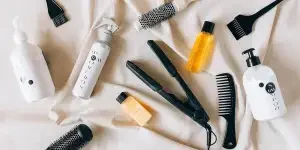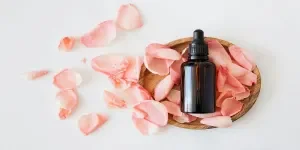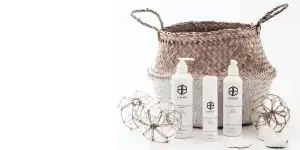Climate-adaptive beauty and personal care routines are a major trend for 2023 as consumers across the world continue to experience extreme weather changes and a growing need for personalization. These are the key trends in climate-adaptive formats that businesses can follow to create products that address local climate conditions.
Table of Contents
Overview of the beauty & personal care market
Climate-adaptive formats for 2023
Prioritizing climate-adaptive products
Overview of the beauty & personal care market
Revenue in the global beauty and personal care market was valued at USD 482.8 billion in 2021 and is expected to rise at a compound annual growth rate (CAGR) of 7.7% from 2022 to 2030.
Asia-Pacific is the leading market in beauty and personal care products, with revenue in the Asia-Pacific region expected to double by 2031. China, India, and Vietnam are specific locations in the region offering lucrative growth opportunities due to a surging millennial population. The Asia-Pacific region is then followed by North America and Europe.
One of the primary factors driving the market is a rising consumer interest in vegan, organic, natural, and sustainable products. As a result, market players are increasing investment in research and development to discover new and effective product offerings.
Climate-adaptive formats for 2023
Season-specific skincare

Consumers in temperate climates no longer believe skin remains static throughout the year and are instead changing their beauty routines with each season. Regions with temperate climates are characterized by relatively moderate mean annual temperatures, with the northern hemisphere known to transition to warmer and colder weather quicker than the southern hemisphere.
Each season brings a different set of skin concerns, with consumers now looking for products tailored to weather changes throughout all four seasons. Businesses are advised to curate specific collections for local communities and climates or invest in climate-smart formulations that can adapt to different environments.
Examples of seasonal beauty include products with micro hyaluronic acid that adapt to humidity levels in the environment, or two-in-one cream and sun cream that can dry without breaking down makeup. Exfoliating scrubs with hydrated silica particles also help transition from autumn to winter by exfoliating and strengthening skin barrier in preparation for dry cold weather climates.
Products for weather extremities
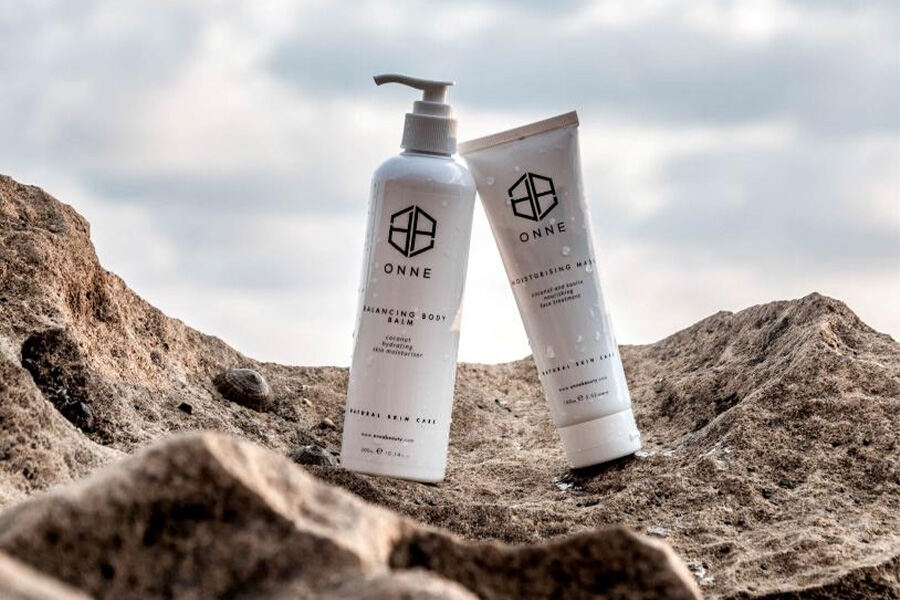
Non-temperate climates remain the same year-round, whether that be cold climate in the polar regions, hot and humid weather in the tropics, dry air in the desert, or greater UV exposure in the marine areas. These extreme weather conditions give rise to specific skin and hair concerns that are effectively addressed through products that nourish and protect.
Consumers in humid climates can find relief in light gel textures, anti-humidity hairsprays, or deodorant and body lotion that absorb sweat quickly. Cabbage and radish are also ingredients that can combat temperature increase in skin to help reduce sebum and skin dehydration. Occlusive cream moisturizers can be used to strengthen and nourish skin for those living in freezing temperatures.
For those located in tropical regions where skin is prone to redness, thermotherapy or cryotherapy beauty tools can help ease discomfort. Contour cubes with silicon holders can ice skin to accelerate product absorption without getting hands cold.
Protection against environmental aggressors
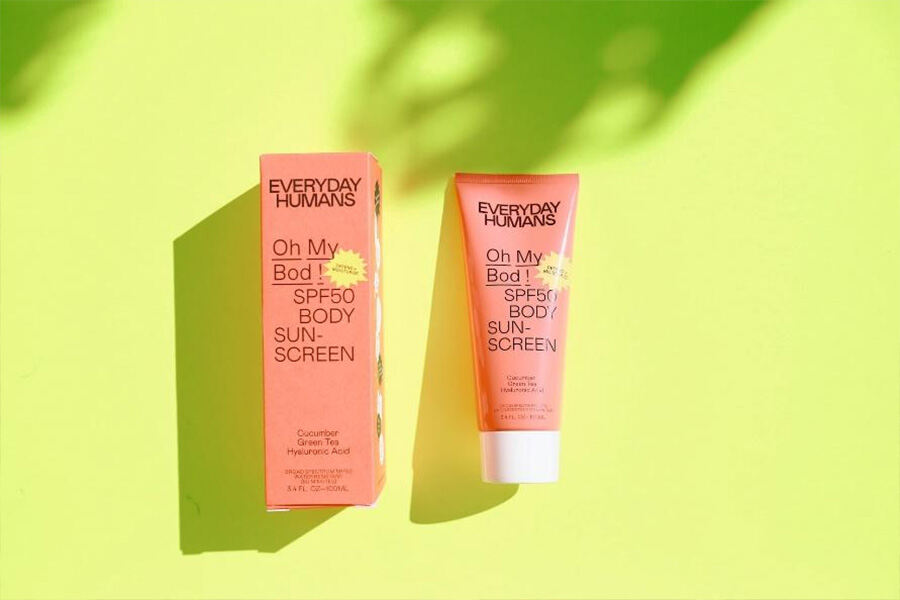
Rising temperatures, poor air quality, and natural disasters are fueling demand for products that mitigate the damages of environmental aggressors.
Antioxidant-rich creams can protect against elements that induce premature aging and skin inflammation, including air pollutants, microscopic particles, volatile chemicals, atmospheric gases, infrared rays, and blue light. According to WGSN, 2022 experienced the hottest summer on record and growth of melanoma has risen threefold over the last four decades. As a result, SPF protection has become paramount to the beauty and personal care industry and sun care products with UV protection of SPF100 are growing in demand.
Environmental aggressors are felt globally, which means businesses should adopt an inclusive and accessible mindset. Reef-safe SPFs can be made with cacao and carrots for both melanated and non-melanated skin. Furthermore, customers may look specifically for sunscreens with no white cast. No-waste products can also be created with solid stick sun care in biodegradable plastic-free cardboard packaging.
Climate-resistant skincare
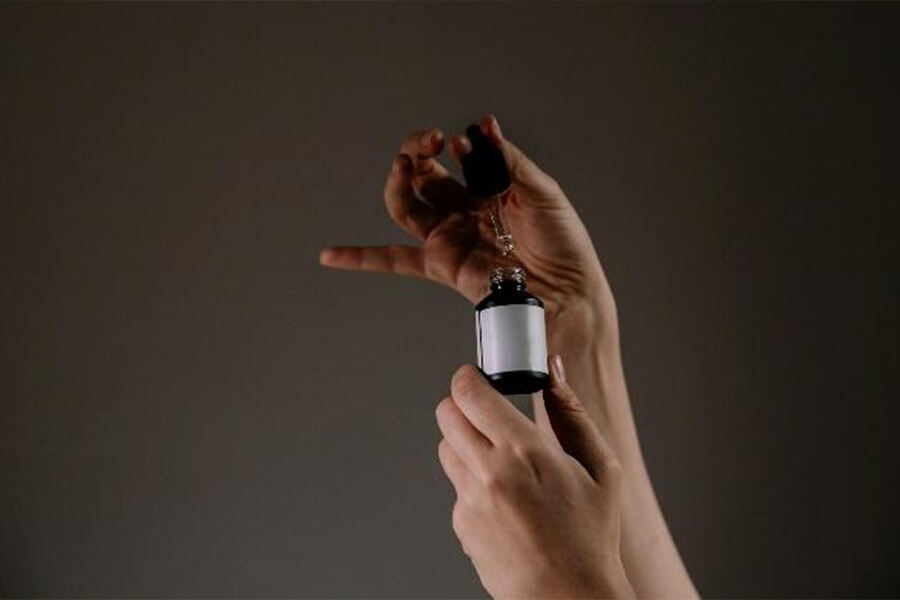
Sunlight and extreme temperatures are known to affect the longevity of skincare products. As weather patterns become more erratic, consumers may look to products that do not spoil with changing climate and climate-related risks.
Products that have undergone rigorous testing will be key to ensure formulas retain their performance in places with extreme heat or cold. Oven-stability testing can be performed at a consistent temperature of 46C and 70% humidity over a long period of time, while freeze-thaw testing should test the ability for skincare products to remain stable after freezing and melting.
Freeze-dried formulas or waterless formulations are climate resistant and can prevent microbial growth to extend product shelf life between 2-20 years without the use of preservatives. Extremophile ingredients, such as algae, seaweed, and sugarcane, are known to sustain under harsh weather and conditions, while anti-aging serum made with resilient ingredients like Jade Alga and green or brown microalgae can survive repeated cellular deformation. In terms of packaging, double-layer reflective vacuum bottles help protect against UV rays.
Prioritizing climate-adaptive products
The rising beauty trend of climate-adaptive formats for 2023 is a response to concerns over skin health amidst climate change and rising pollution. In temperate climates, consumers demand solutions that can assist them through all four seasons, while those in non-temperate regions look towards formulations that protect from the impact of extreme climate. There is also a focus on skincare products that can take action against environmental aggressors and withstand rigorous conditions to maintain shelf life.
Consumers are prioritizing personalized skin protection solutions as concerns over skin health and weather conditions grow. A key consideration for businesses is to operate with an inclusive mindset using formulas that take into account region-specific concerns. Businesses are also advised to consider how product packaging can be designed to block out the harmful effects of external factors on ingredient integrity.
